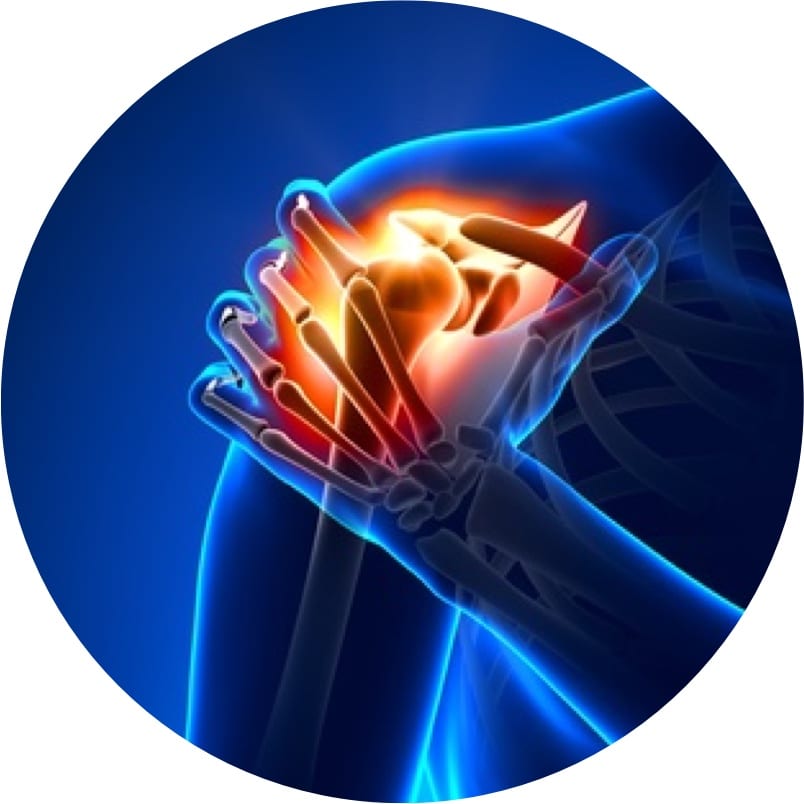SHOULDER

THE SHOULDER
The shoulder is a muscle-guided joint. This means that the flexible connection consists largely of muscles, the ligament structures are further in the background here (in contrast to the hip joint). This muscle guiding proves to be a great advantage, as the shoulder joint possesses a wide range of mobility as a result. The disadvantage is the low degree of stability and therefore a higher susceptibility of the shoulder to injury.
Shoulder Dislocation
When the shoulder joint is dislocated (luxation), the labrum can shear off of the socket (a Bankart lesion). If a piece of the labrum is torn off...
Multidirectional Instability
Multidirectional instabilities occur most commonly in the context of recurrent shoulder dislocation . We talk about recurrent shoulder dislocation if this occurs during typical...
Rotator Cuff
Inside the shoulder joint there is a muscle group consisting of four muscles: subscapularis muscle, supraspinatus muscle, infraspinatus and...
Impingement
If you look at the osseous channel through which the Rotator Cuff runs, you can easily see that on exertion, damage to the muscle tissue occurs...
AC Dislocation
The so-called AC joint (= acromioclavicular joint) is the connection between the external end of the clavicle and the acromion of the shoulder blade.




